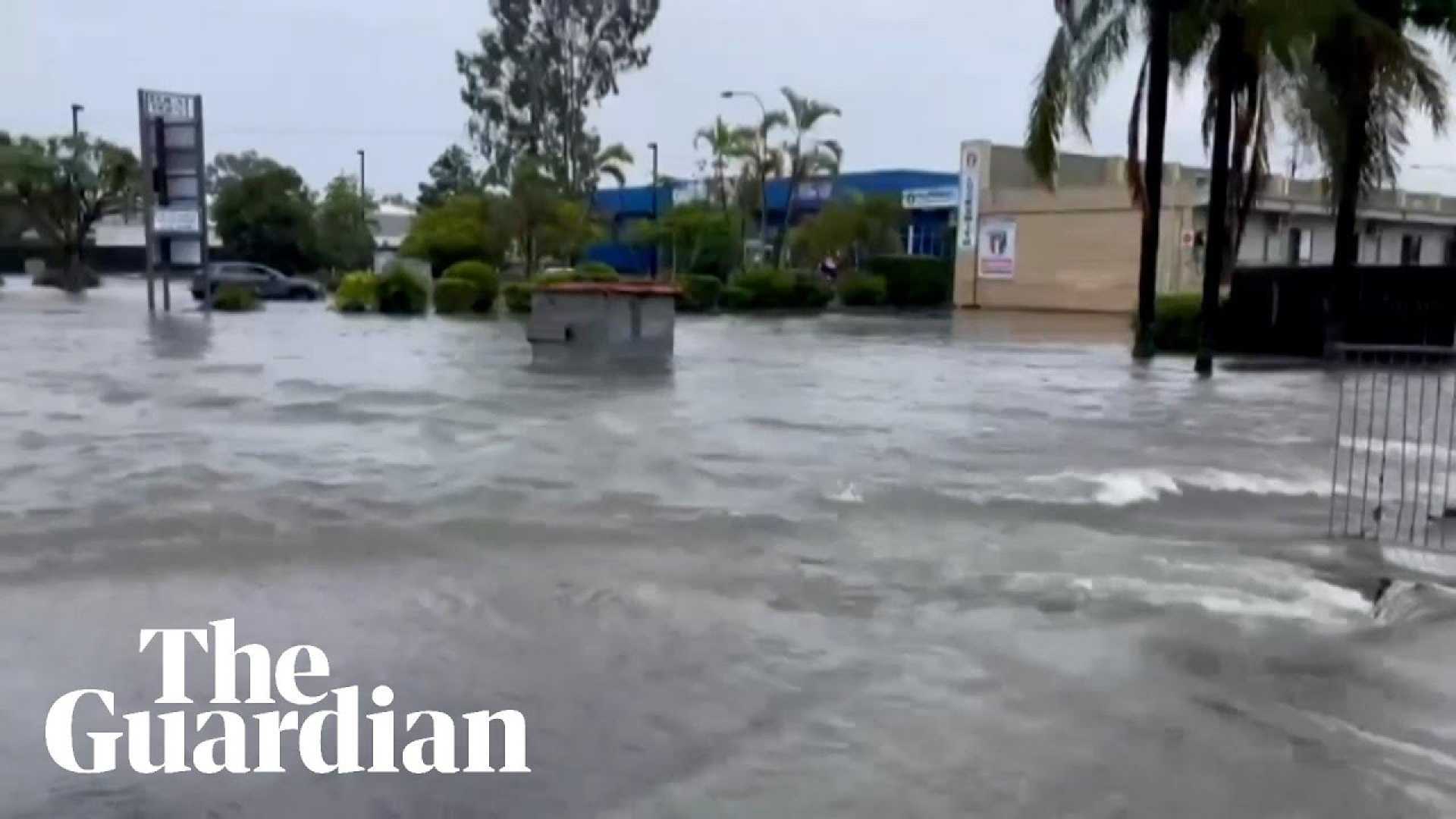News
Tropical Cyclone Alfred Leaves Chaos in Southeast Queensland and New South Wales

BRISBANE, Australia – Tropical Cyclone Alfred wreaked havoc across southeast Queensland and northern New South Wales, causing widespread power outages, severe flooding, and multiple injuries following its landfall on Saturday night.
The storm, initially a category two cyclone, weakened into a tropical depression as it approached land, yet its impact remains devastating. On Sunday afternoon, nearly 290,000 properties were reported without power across the affected regions. Authorities warned that many of these outages could last several days as utility crews work to restore services.
Prime Minister Anthony Albanese addressed the nation, stating, “The situation in Queensland and northern New South Wales remains very serious due to flash flooding and heavy winds.” He added that heavy rainfall, damaging gusts, and risks of coastal surf impacts would continue in the coming days.
Rescue services have been mobilized, with emergency responders in Queensland and New South Wales conducting over a dozen rescues primarily involving individuals trapped in vehicles or homes. According to the New South Wales State Emergency Service, they received more than 6,000 calls for help over the weekend.
Sadly, the storm has claimed at least one life. Authorities recovered the body of a 61-year-old man who went missing when his vehicle was swept away by rising floodwaters in Dorrigo, northern New South Wales. Following tireless efforts, emergency responders witnessed him attempt to escape onto a tree branch, but unfortunately, he was engulfed by the rapid current before help could arrive.
In another incident, a convoy of 12 soldiers assisting with rescue operations crashed in Lismore, approximately 200 kilometers south of Brisbane. New South Wales Premier Chris Minns reported that two soldiers are in serious condition at the hospital but expressed hopes for their swift recovery.
The intense storms and heavy rainfall caused significant flooding in several areas, prompting schools in Queensland to temporarily close, with over 1,000 institutions shuttered. They are expected to reopen gradually starting Monday.
Emergency services deputy commissioner Damien Johnson emphasized the danger of driving into flooded areas, warning that such actions not only endanger individuals but also complicate rescue efforts for emergency personnel.
As Cyclone Alfred continues to move inland, officials noted record levels of rainfall had hit regions like Hervey Bay, where 23 centimeters (nearly 9 inches) of rain fell in mere hours. This contributed to escalating floodwaters challenging homes and leading to urgent rescue operations.
With substantial rainfall forecasted – up to 800 millimeters (31 inches) within 24 hours – authorities are keeping a close eye on additional flooding risks across low-lying areas. Residents have been urged to avoid flood-prone regions and to remain vigilant.
“While the cyclone has weakened, its remnants still pose a significant threat,” said Queensland’s Premier David Crisafulli during a news conference. The storm’s lingering moisture continues to affect the region, leading to emergency warnings for approximately 14,600 people.
In a climate where recovery from weather events is a daunting task, communities affected by Cyclone Alfred are bracing for further challenges ahead.












